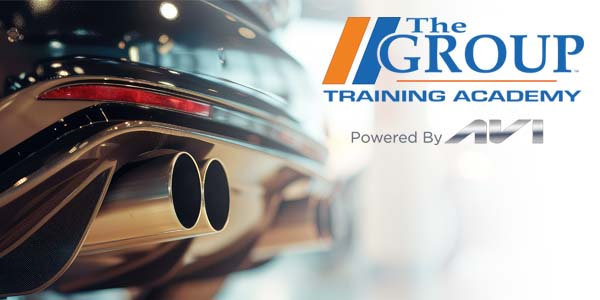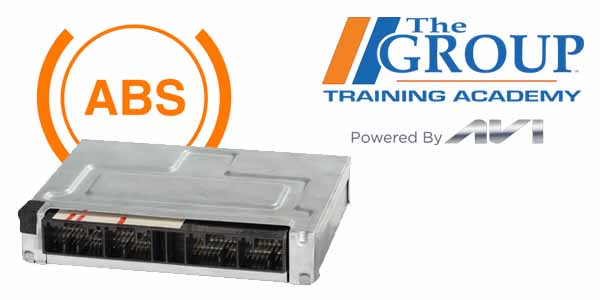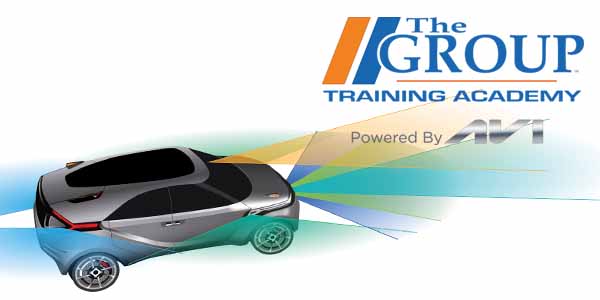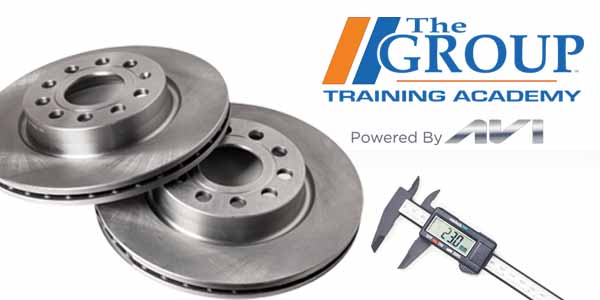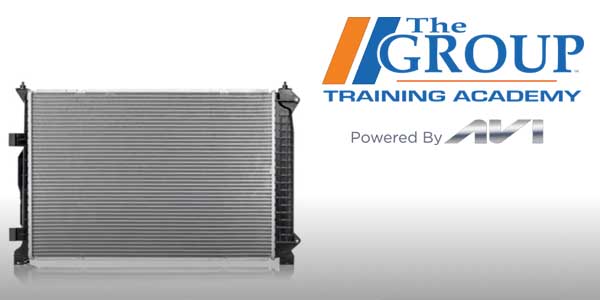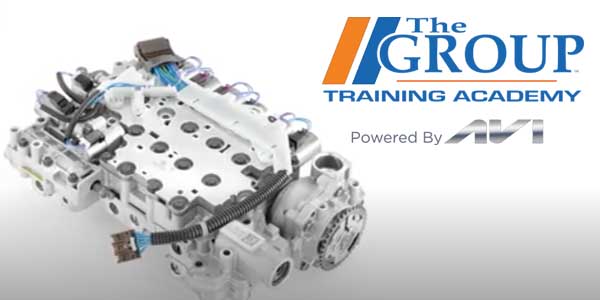Flushing and refilling is a necessity. And it’s a simple process, right?
Not necessarily. Some of the fluid that you use to flush the system – whether it’s water or an additive – still could be in the system. While the radiator might be empty, the block, heads and possibly the heater core could have fluid inside.
Whatever is in there could contaminate the new coolant, and if it’s water, it could change the dilution level.
This video is sponsored by the Automotive Distribution Network.

